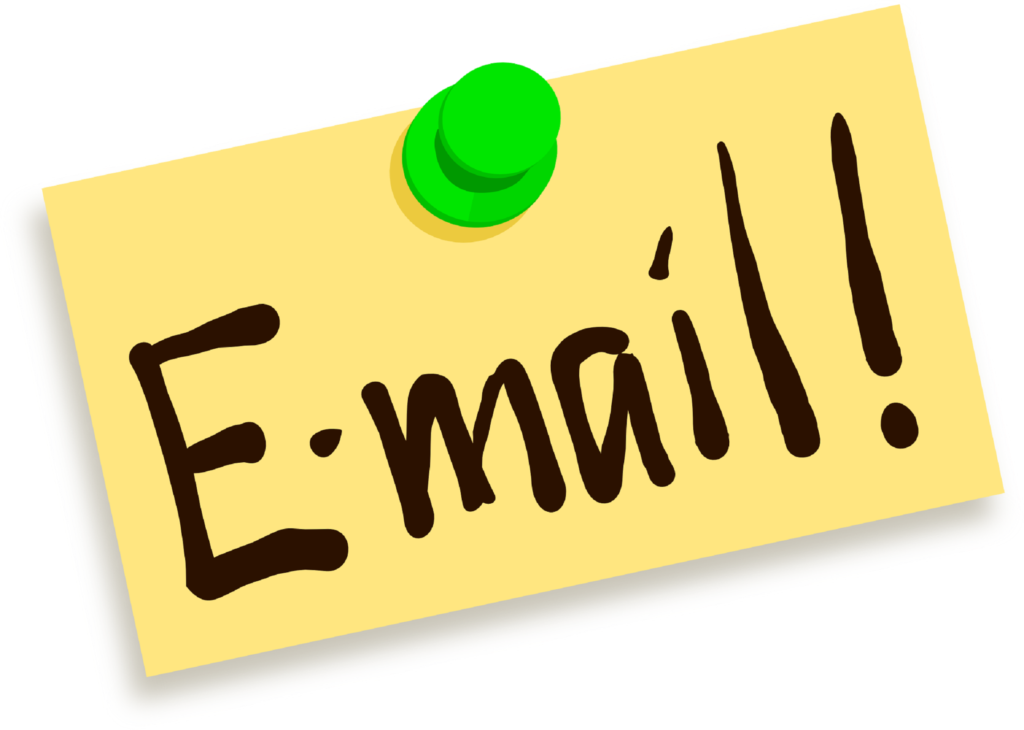When sending out cold emails as a sales person, sales people have to ensure their subject lines are enticing enough to lure the prospect to click, open, read their prospecting email in totality. A big part of having your cold email perform well is choosing the right kind of subject line.
But, given the complex B2B sales journey and the typical challenges that are commonplace in B2B sales, sales people need to keep few other fundamentals in mind as well.
Let’s dive into a few:
Cold Email Best Practices:
When it comes to cold emails, sales people need to format subject lines and email copy with the goal of getting more prospects to read the email while also preventing those emails from landing in the spam folder.
Read More: SalesTechStar Interview with Reed McGinley-Stempel, CEO at Stytch
There are always various ways for salespeople to ensure email deliverability rates improve. Besides crafting the right subject line based on the stage of the prospecting cycle, sales people need to keep a few other crucial factors in mind:
1. Sending automated email outreach to fewer data sets:
You could be using a sales engagement platform or your company’s existing marketing automation tool to schedule bulk email sends. The point is, when cold emails are sent to a larger data set, the chances of most going into the spam box are always higher.
Reducing the numbers of contacts and sending multiple email campaigns to different data sets can also help personalize those prospecting email better to drive open rates.
2. Ensuring you use a valid business domain:
Sometimes, sales people or those who need to send bulk emails may end up using email aliases or personal emails (their Gmail for instance) to avoid their business email from being blocked. For teams who use an alternate business domain which is not that of their company, brand or website, it can reduce the engagement rates. To avoid emails from being blocked, brands can choose to have their marketing outreach done via a different set of emails (in the event that they have central emails being used for this: example – contact@xyz.com) while giving sales teams the chance to use other business emails to schedule their sends.
For sales reps, actively using actual business emails that they can control themselves (without the need to route it through other teams) can be more beneficial here.
3. Using an email address that prospects can reply-to easily:
Alternate emails or alias email domains can sometimes affect reply-to incidents. If you’re using a sales@abc.com email for instance, it is important to set the email to have the prospect be able to reply to you and have their reply reach your actual inbox. It can be frustrating for prospects to receive emails from central sources and then spend time trying to figure out a way to write back to the brand for instance.
4. Focus on creative subject lines:
Business professionals receive several emails a day. What can make a sales email stand out is the right subject line. Short, crisp sentences that create some sense of interest as well as urgency are fruitful at this stage. Avoiding too many emojis and punctuations are also beneficial when prospecting to hundreds of prospects a day. Good subject lines can pique the interest of the prospect and get them to at least view your email.
Read More: How to Create A Seamless Workflow Experience To Expedite The Sales Process






















